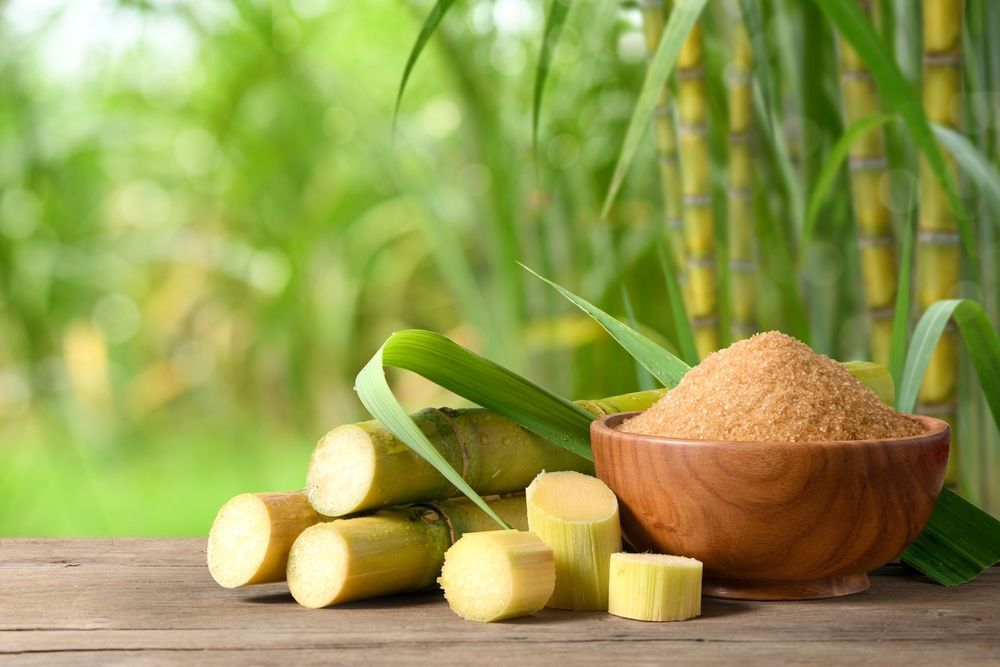The discussion of beet sugar vs cane sugar often includes comparisons of their effect on blood sugar.
The discussion of beet sugar vs cane sugar often includes comparisons of their effect on blood sugar.
Blog Article
Discover the Uses and Benefits of Beet Sugar Vs Cane Sugar in Your Daily Diet Plan
Checking out the distinct high qualities of beet and cane sugar exposes greater than simply their sweetening capacities; it highlights their distinct influence on health and cookeries. Beet sugar, known for its subtle flavor, is commonly preferred in fragile treats, whereas cane sugar, with its tip of molasses, includes splendor to durable meals. Each kind holds its very own dietary profile and glycemic effects, inviting a much deeper understanding of their duties in a balanced diet plan and sustainable consumption techniques.
Origin and Manufacturing Procedures of Beet and Cane Sugar

The distinct environments and dirt kinds required for growing sugar beets and sugarcane add to differences in their growing methods and geographical distribution, influencing the economics and sustainability of their production. beet sugar vs cane sugar.
Nutritional Comparison Between Beet Sugar and Cane Sugar
Regardless of originating from different plants, beet sugar and cane sugar are nutritionally extremely comparable, both mostly including sucrose. Each offers concerning 4 calories per gram, equating to roughly 16 calories per teaspoon. Structurally, both sugars are made up of about 99.95% sucrose, with very little amounts of various other materials like dampness and trace element, which do not dramatically modify their dietary profiles.

Inevitably, when selecting in between beet sugar and cane sugar based upon dietary material alone, both deal identical benefits and disadvantages as they are basically kinds of the very same particle-- sucrose, supplying fast power without other nutrients.
Influence On Health And Wellness: Glycemic Index and Caloric Material
Discovering even more right into the effects of beet sugar and cane sugar on wellness, it is vital to consider their glycemic index and calorie material. Both sugars are categorized as sucrose, which contains sugar and fructose. This composition leads them to have a comparable influence on blood sugar degrees. The glycemic index (GI) of both beet and cane sugar is around 65, categorizing them as high-GI foods, which can cause fast spikes in blood sugar degrees. This is a vital facet for individuals handling diabetes or those trying to maintain their energy degrees throughout the day.
Each kind of sugar contains about 4 calories per gram, making their caloric content matching. For those checking caloric consumption, particularly when taking care of weight or metabolic health and wellness problems, understanding this equivalence is crucial (beet sugar vs cane sugar). Extreme intake of any type of high-calorie, high-GI you could check here food can contribute to health and wellness concerns such as weight problems, heart illness, and more information insulin resistance.
Environmental and Economic Factors To Consider of Sugar Production
Beyond health effects, the production of beet and cane sugar also raises substantial ecological and financial problems. Sugar beet growing tends to call for cooler climates and has a lower geographical impact compared to sugar cane, which thrives in tropical areas. Both crops are intensive in terms of water use and land profession, possibly leading to logging and water scarcity. Economically, the international sugar market is very unpredictable, affected by changes in worldwide trade policies and aids. Many countries incentivize sugar manufacturing with financial backing, skewing market costs and influencing small farmers adversely.
Additionally, using chemicals and fertilizers in both beet and cane sugar farming can bring about soil degradation and air pollution, more impacting biodiversity and neighborhood water bodies (beet sugar vs cane sugar). The option in between cultivating sugar beet or cane usually rests on neighborhood environmental problems and financial variables, making the sustainability of sugar manufacturing a complex issue
Culinary Applications and Flavor Differences
While the environmental and financial elements of sugar manufacturing are certainly considerable, the option between beet and cane sugar also influences culinary applications and taste profiles. Beet sugar, obtained from the sugar beet plant, is understood for its incredibly neutral taste.
Walking cane sugar, drawn out from sugarcane, typically maintains molasses traces, which impart a distinctive view website splendor and depth. This small molasses taste improves the intricacy of baked items, sauces, and sauces. It is particularly favored in items where a sugar undertone is wanted, such as in brownies or gingerbread. Furthermore, the mild variant in moisture web content in between beet and cane sugar can affect the structure and consistency of meals, making cane sugar a recommended choice for details recipes that profit from its one-of-a-kind buildings.

Verdict
Finally, both beet and cane sugar have unique origins and production procedures, providing comparable nutritional accounts with slight distinctions in sodium web content and flavor. While their influence on health, especially relating to glycemic index and calories, is similar, the option in between them frequently steams down to ecological, economic factors, and details culinary demands. Recognizing these aspects can assist consumers in making notified decisions that line up with their health and wellness objectives and flavor preferences.
Report this page